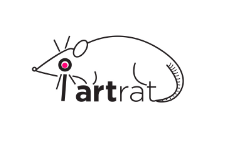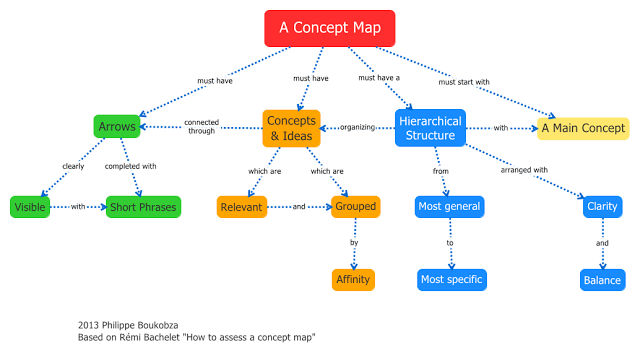I don’t have a kingdom to offer, but time has passed disproportionately for this internship. The past week has been a build-up to the day of the presentation; those days were long because of the amount of work I was doing, but then they always appeared too short for the amount of work remaining. We have come so far since my last post; I didn’t even have a concrete idea of what my project would look like then, but now two weeks later, I have the privilege of looking backwards in time with a final product to boast about.
Here is A Little Magazine, complete with documentation.
Although I am proud of my project, it is certainly not the be-all and end-all. In fact, I would venture to say that the most valuable things I have learned from this Digital Scholarship internship, and the most valuable memories I have, have been the rest of “it.” The final product is a landmark, but not the cumulative experience.
I will end with a bullet-point of “it” in no particular order:
- Building the timeline of the Student Publications Collection!
- Knowing Lane Room too well. Knowing the computer lab on A level too well.
- Increased knowledge of best spots in the library to counteract the temperature of the AC
- The hypocrisy when I (almost) commit the same sin that I criticized of another website (story for another time)
- Learning what “deliverables” mean
- Still not knowing whether it’s “the digital humanities is” or “the digital humanities are”
- The irony of making jokes about literary magazines, and then ended up focusing on one of them as my project
- Not having enough time to do textual analysis and/or topic modeling; would have loved to see what kind of trends emerged
- Learning that there are more than five librarians in the library. Really thankful for the network of librarians and other staff who have taught us and helped us along the way. [Personal note: now I know who to pester during the school year]
- That feeling of accomplishment when my initials appeared in a streak on the Archives log-in sheet, because I came in everyday for data collection
- Team meeting every Thursday; scrambling to prepare things for presentation
- Learn that copyright is a thing, and that it is very complicated despite having charts to guide you through it
- Having a group of interns to joke with in the first half of internship, and to keep up my morale during the dark days of tool failure; going crazy unproductive on one day and wake up and nail a Gephi workshop
- Finding my way around WordPress; building something online for the first time
- Being in the Archives for the first time; doing detective work
- Getting stronger by lifting archival boxes from the front desk to the desk I was working on
- First time at Mt. Holyoke; visited Leslie in the Archives
- Emerging into the sun after a day of self-isolation in the Archives
- That time when the word “concatenate” gained special status
- Appreciation for access to the staff lounge (food cornucopia), with us interns at the highest priority for emails about food opportunities in the library
- Finding the perfect spot in the Archives to take pictures of documents without my shadow blocking it
- The beauty of Command F to look for keywords in a decades’ worth of newspaper OCR
- Staying in the library until all the lights shut down
- Being totally turned off by a tool at first sight, but then realizing some possible merits after having to teach a workshop on it (hint: Gephi)
- Learning that Tableau is “like Excel, but more fun!”
- Attended two job interviews
- Took awkward group pictures
- How to make a Pictionary session of publication names educational
- This insight and call to action:

- The havoc that puns cause on productivity, when you throw four tired interns together in a Monday afternoon, which leads me to…
- A certain “Group Proposal” document that is in fact, bonkers. Inside joke:

Signing off, but not gone,
Phuong-Nghi









